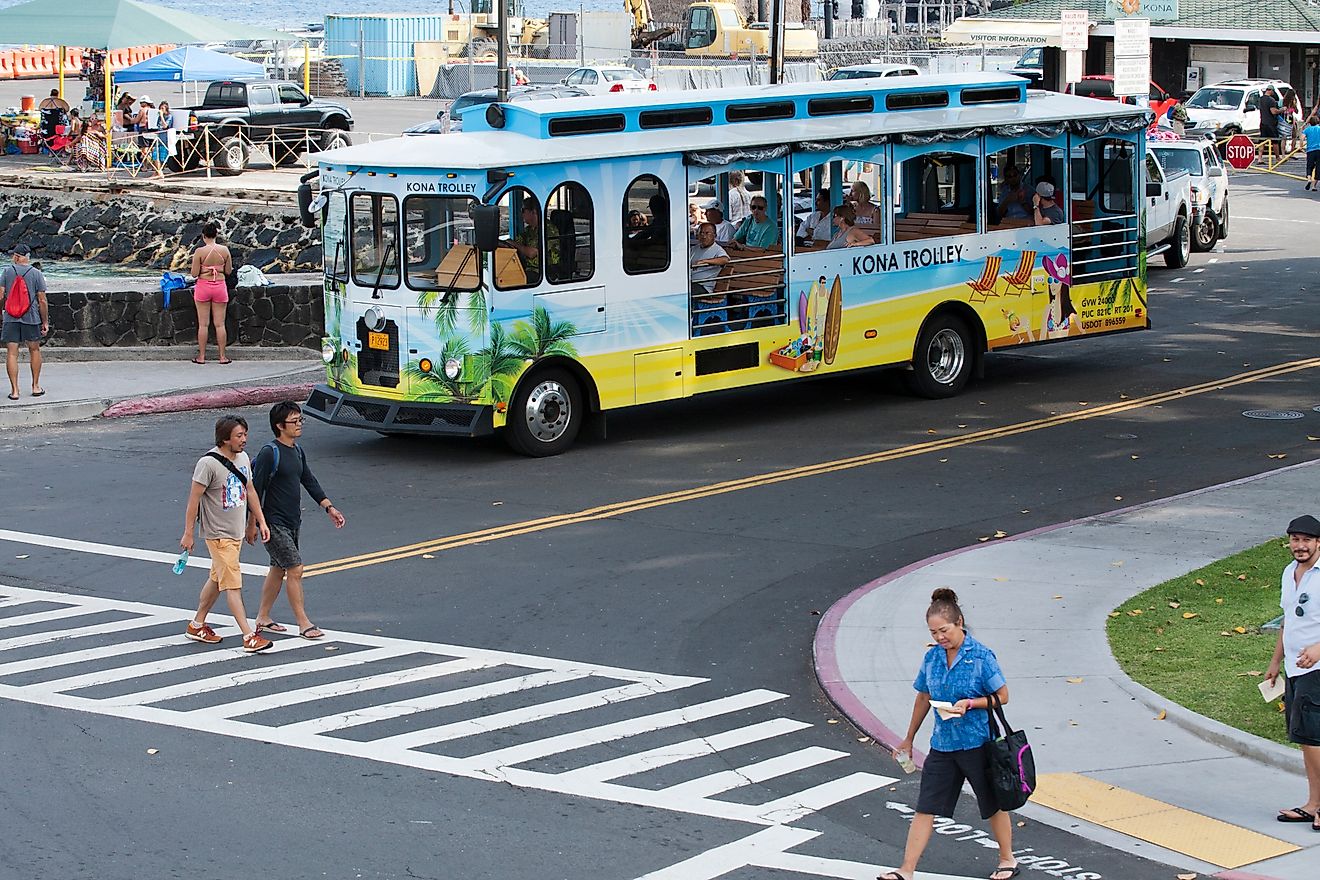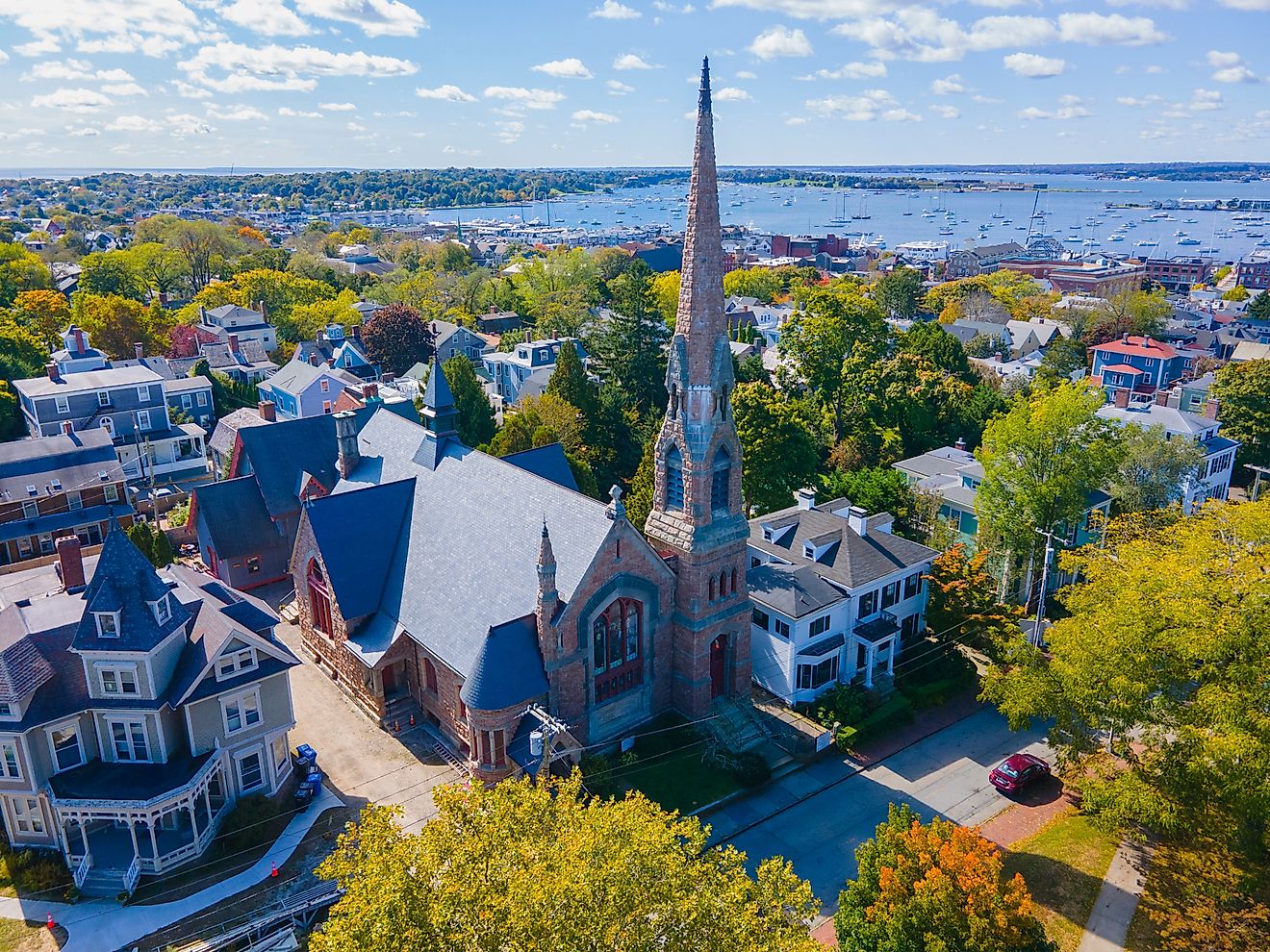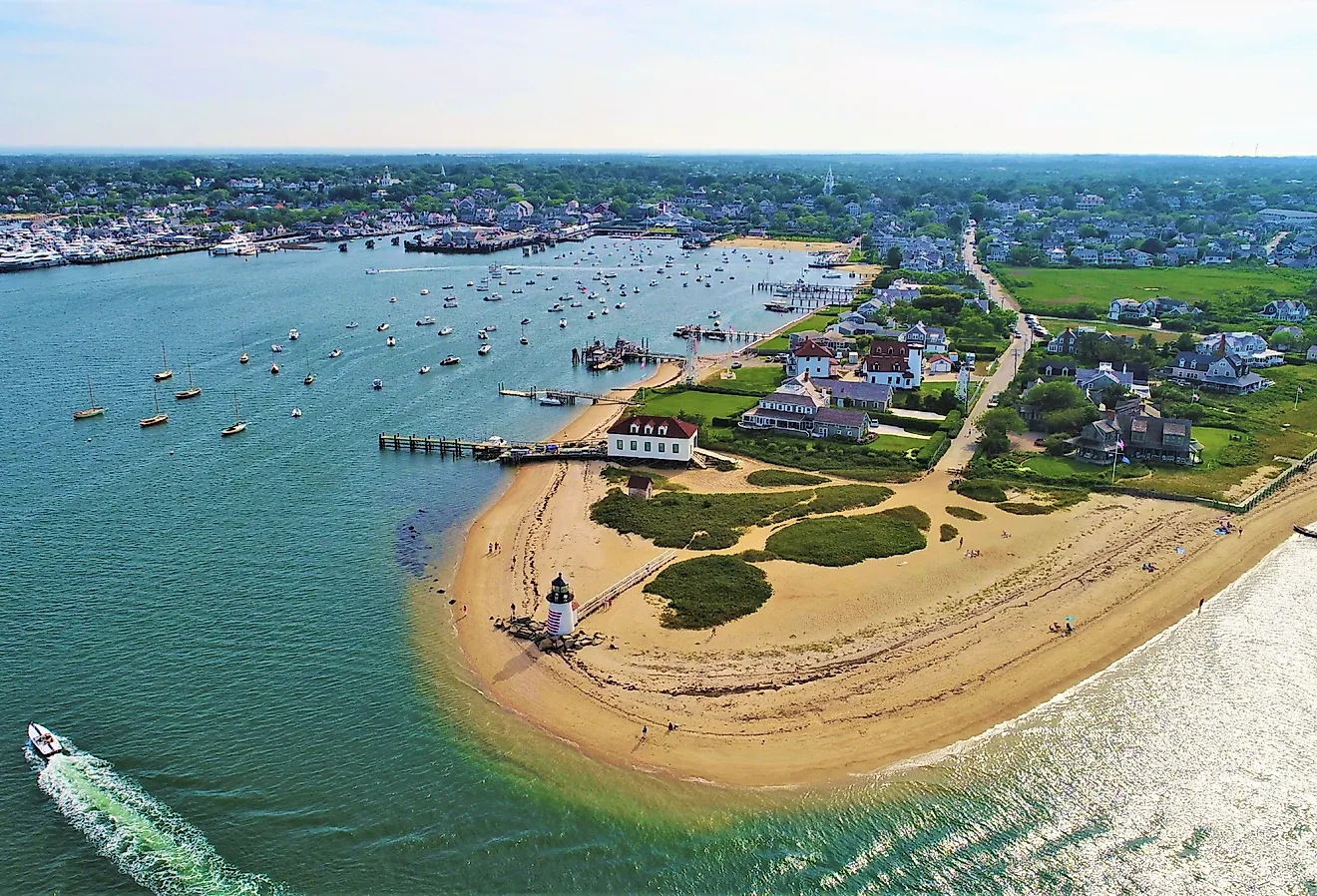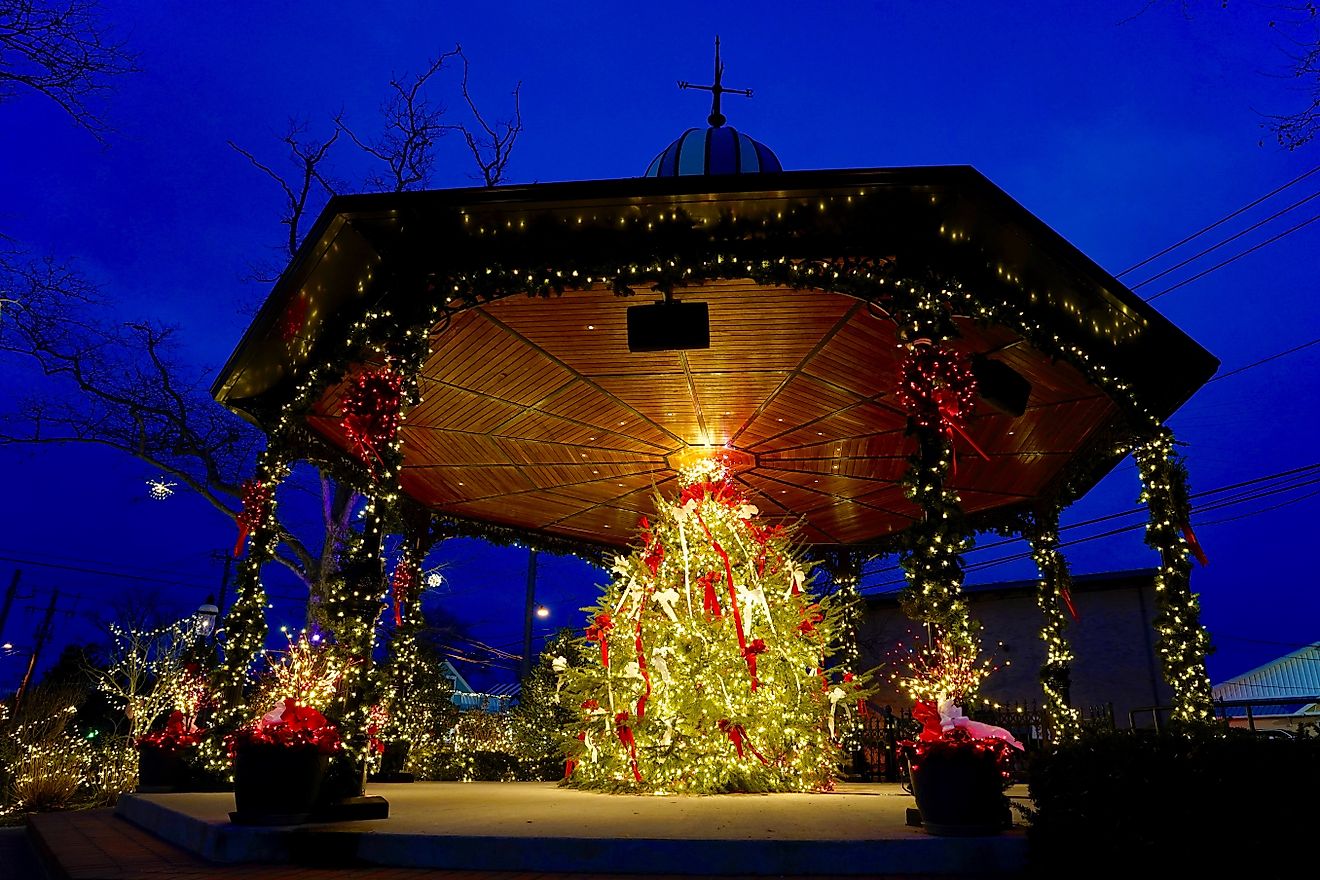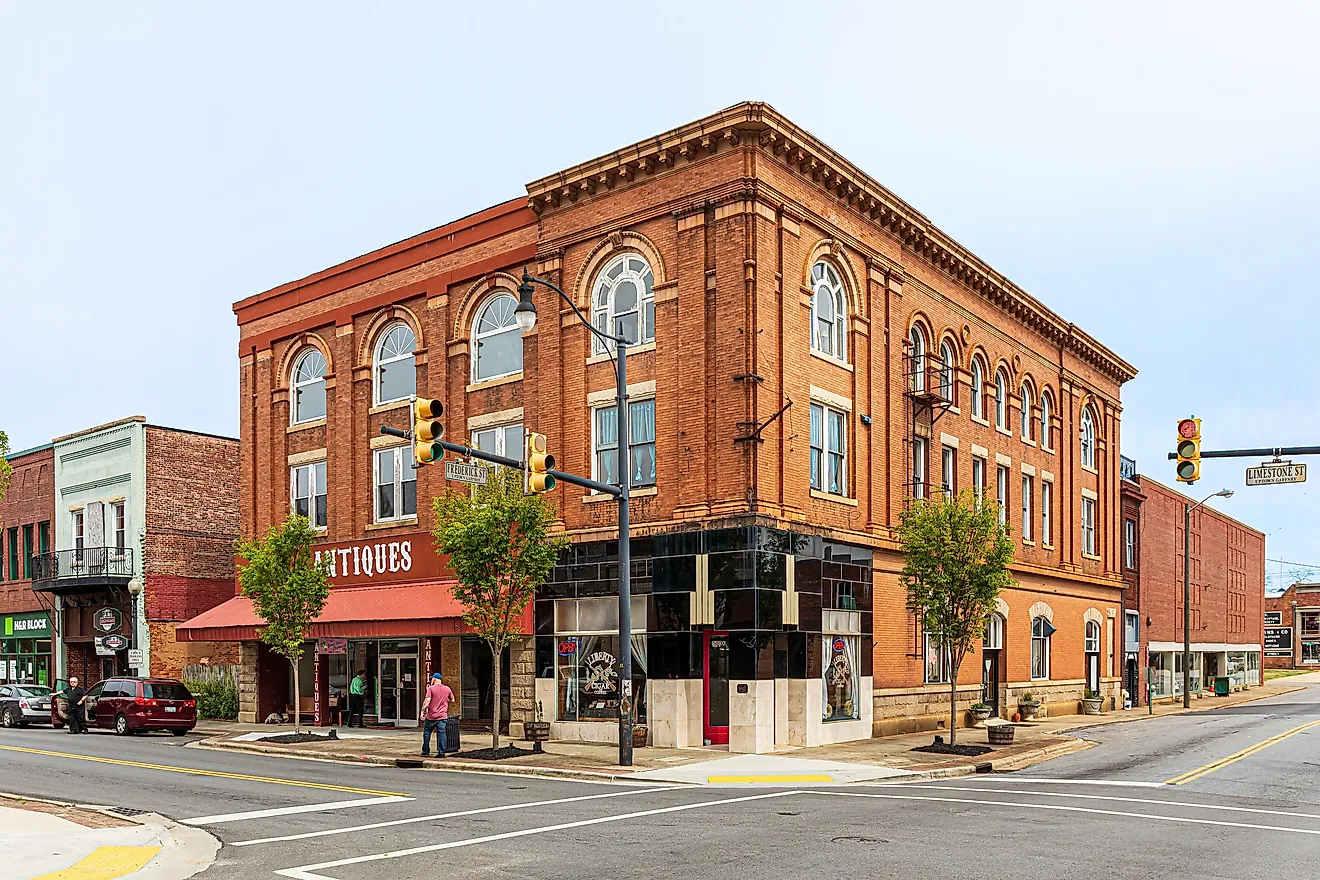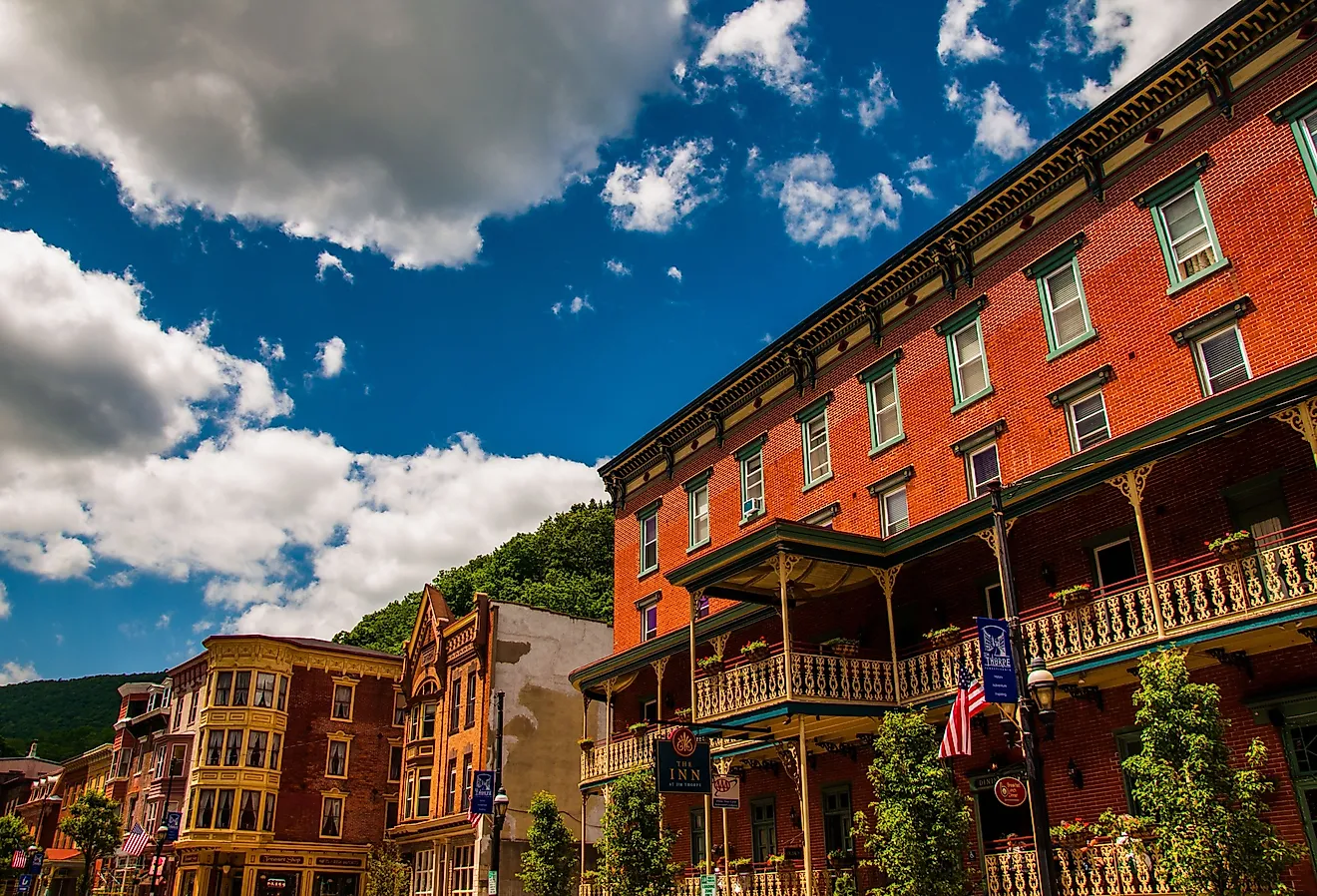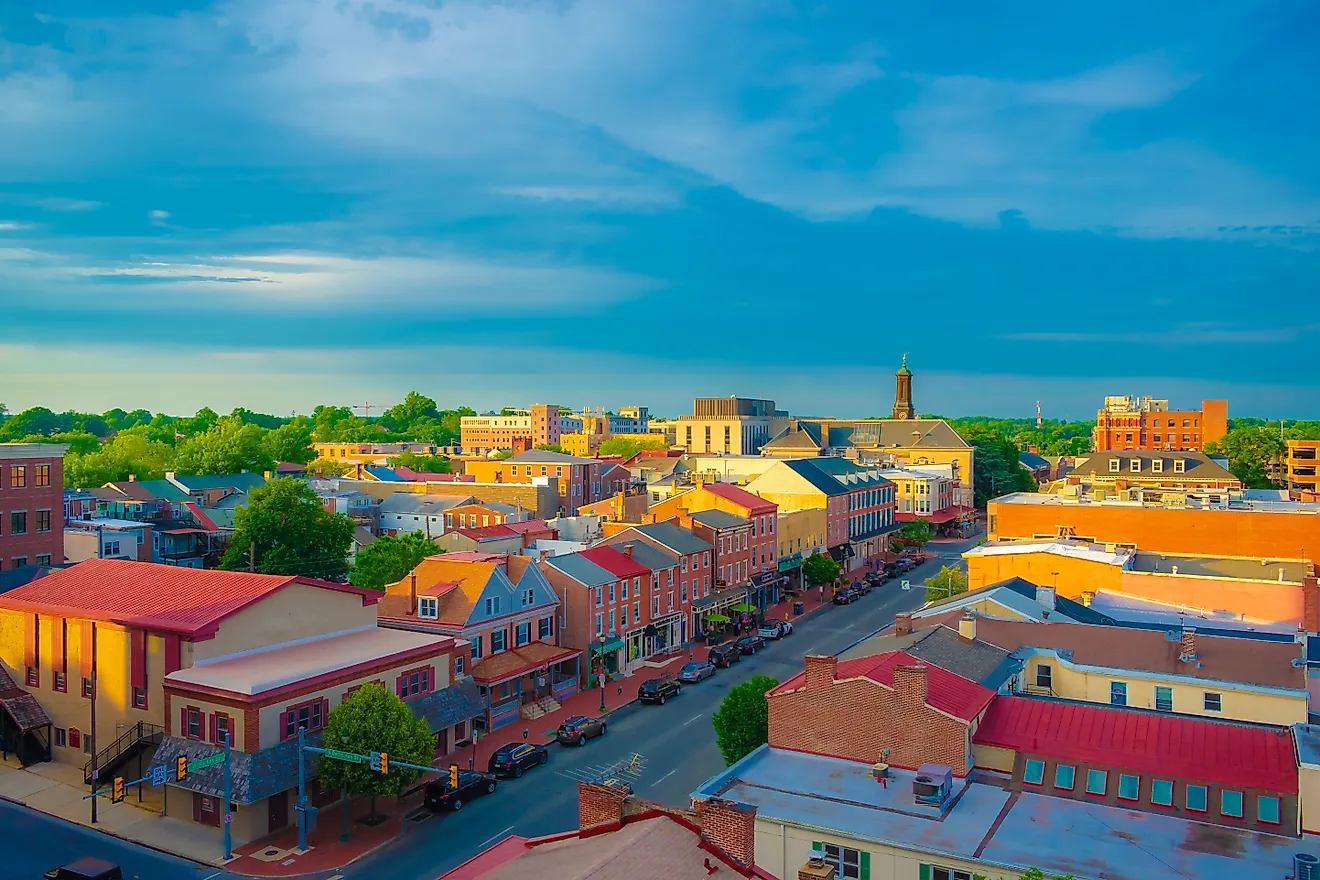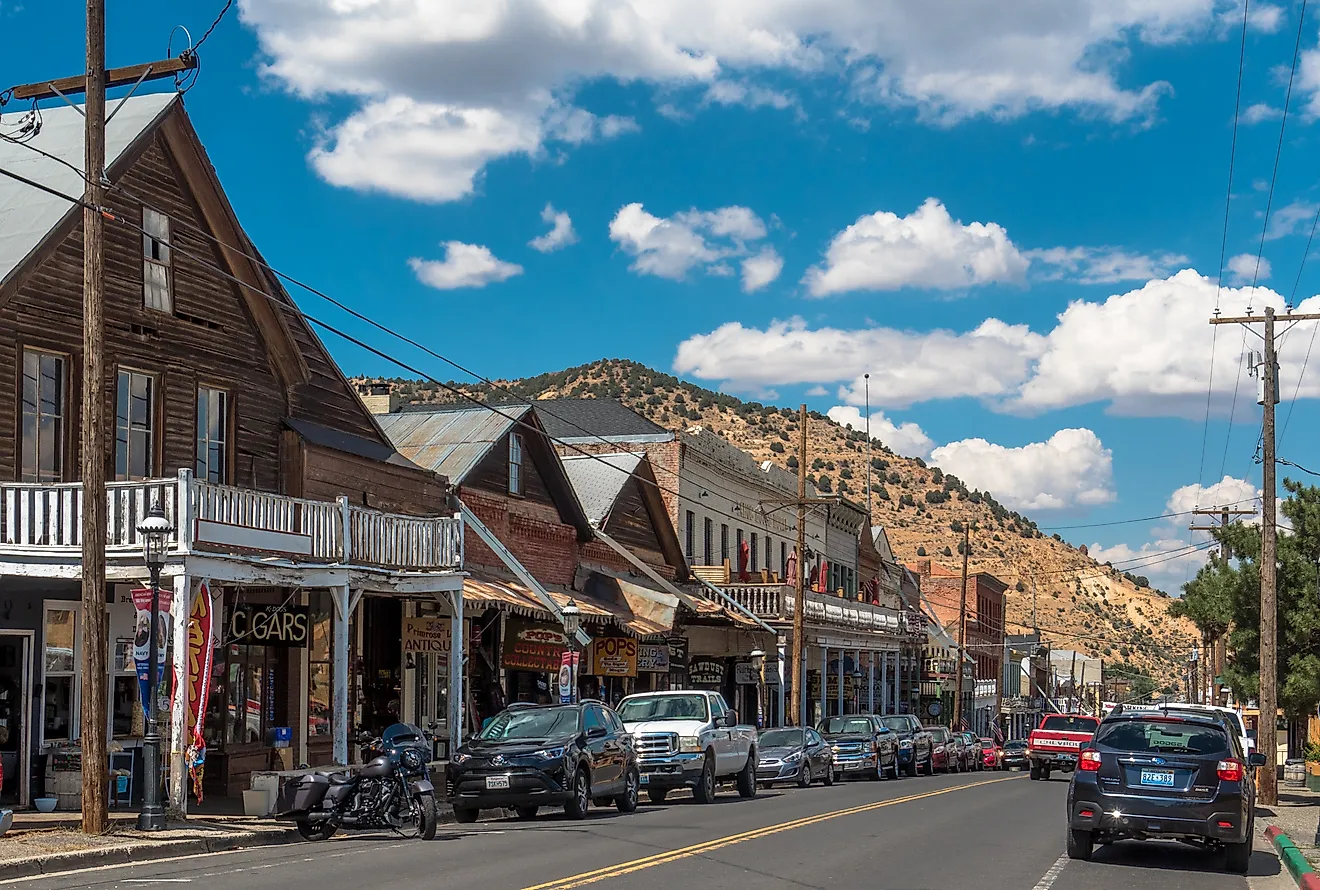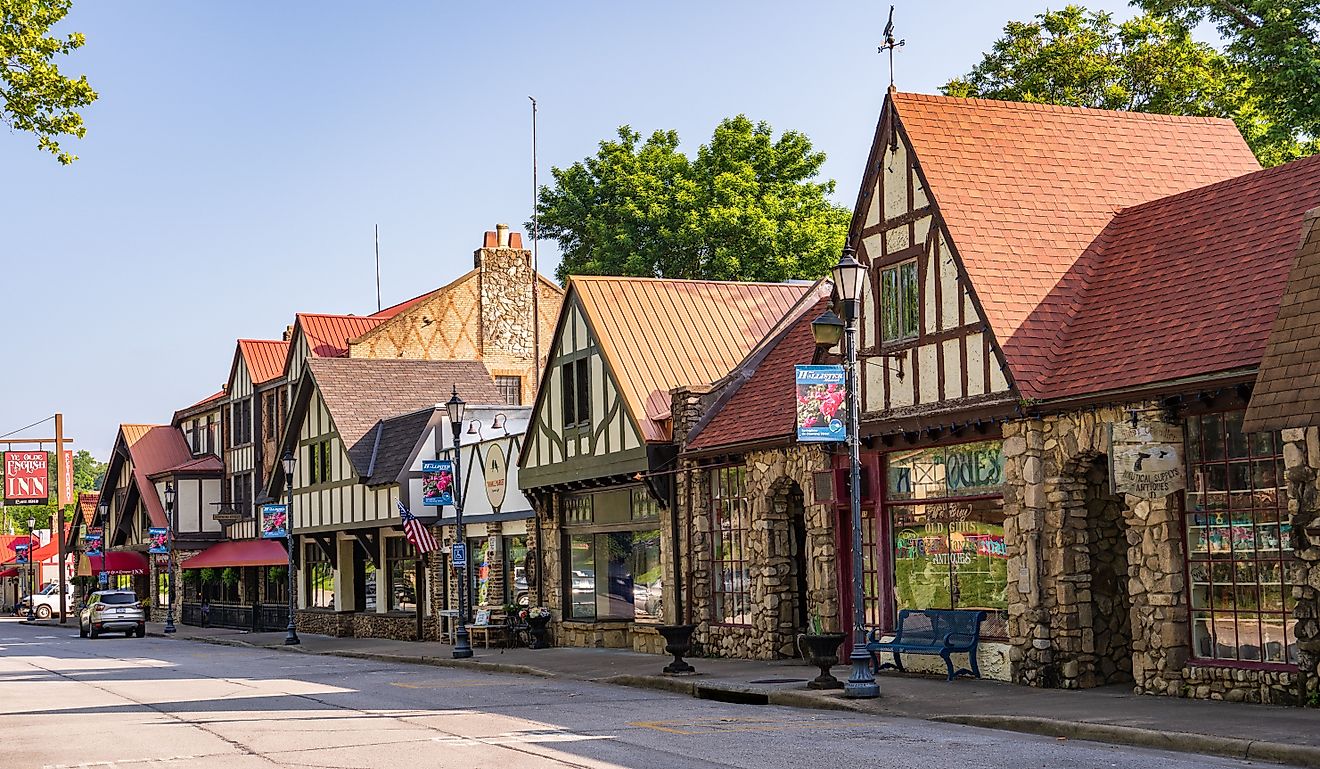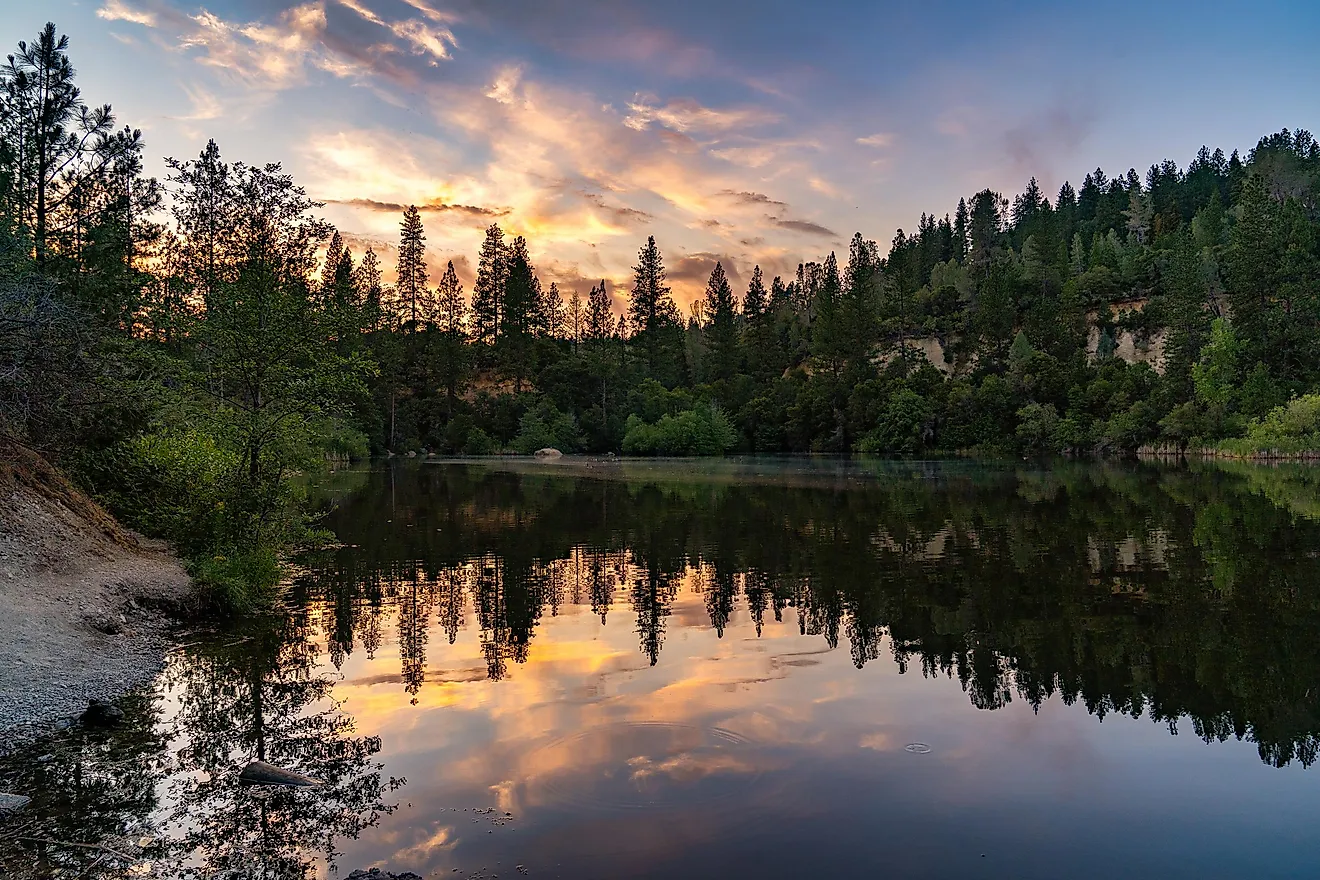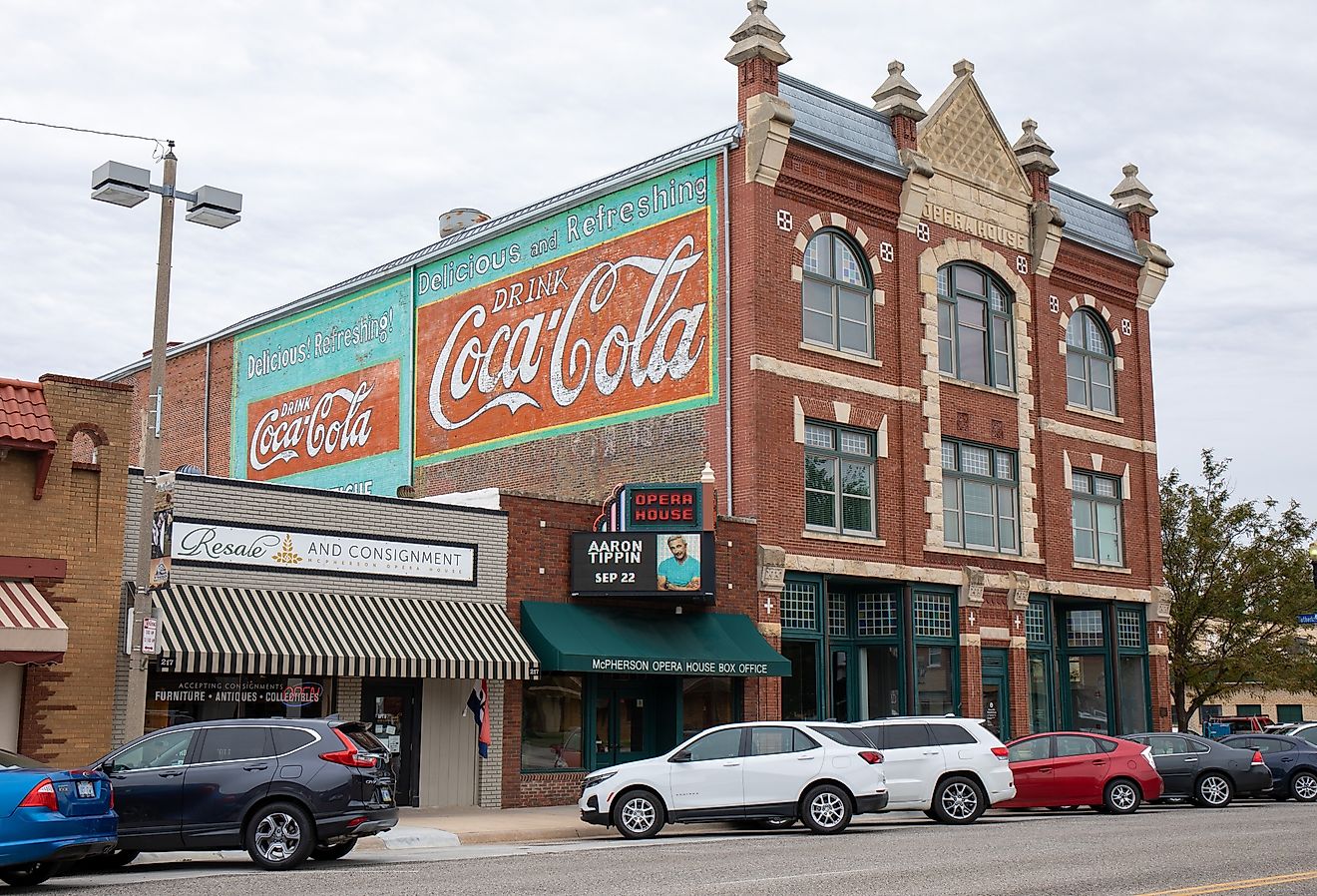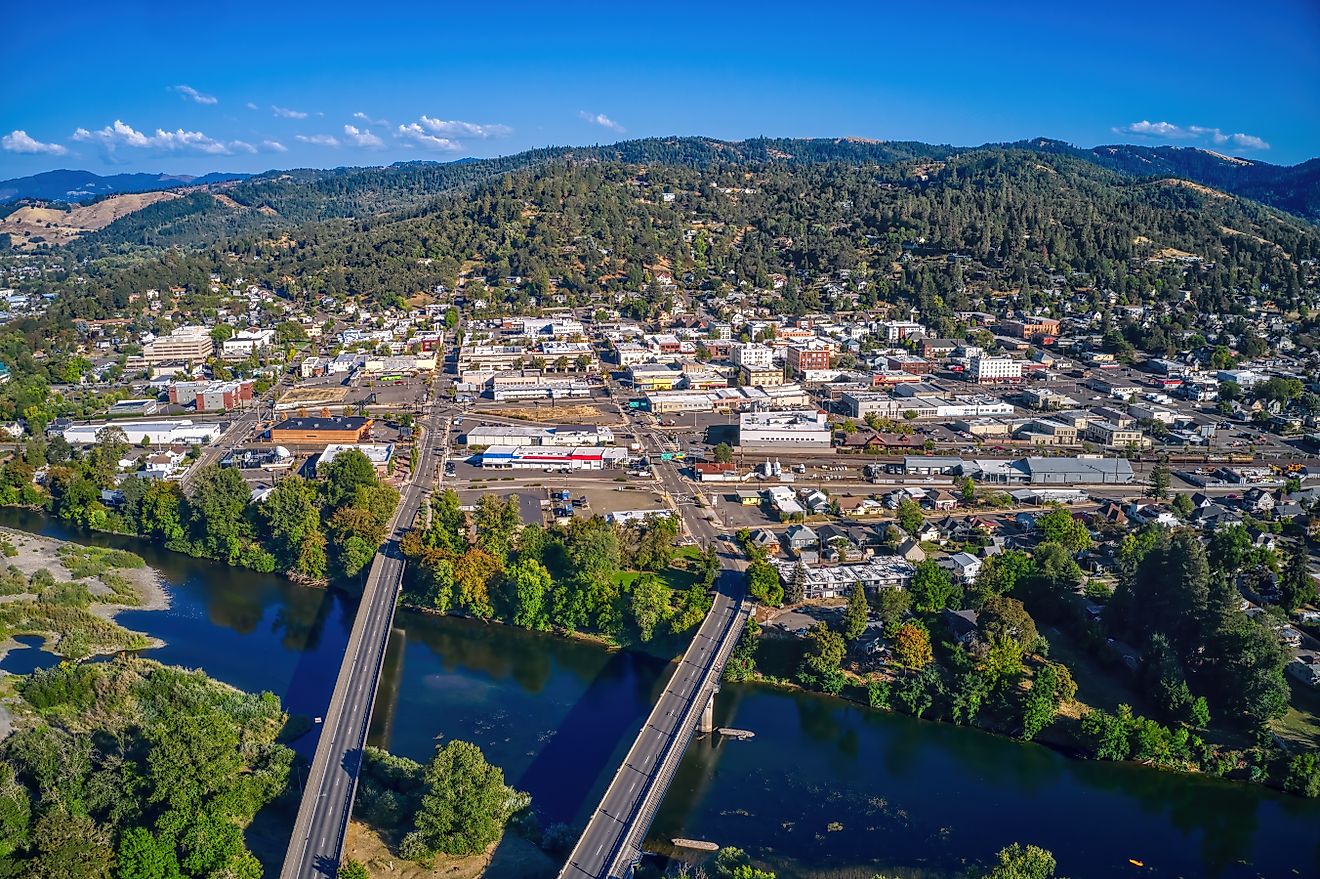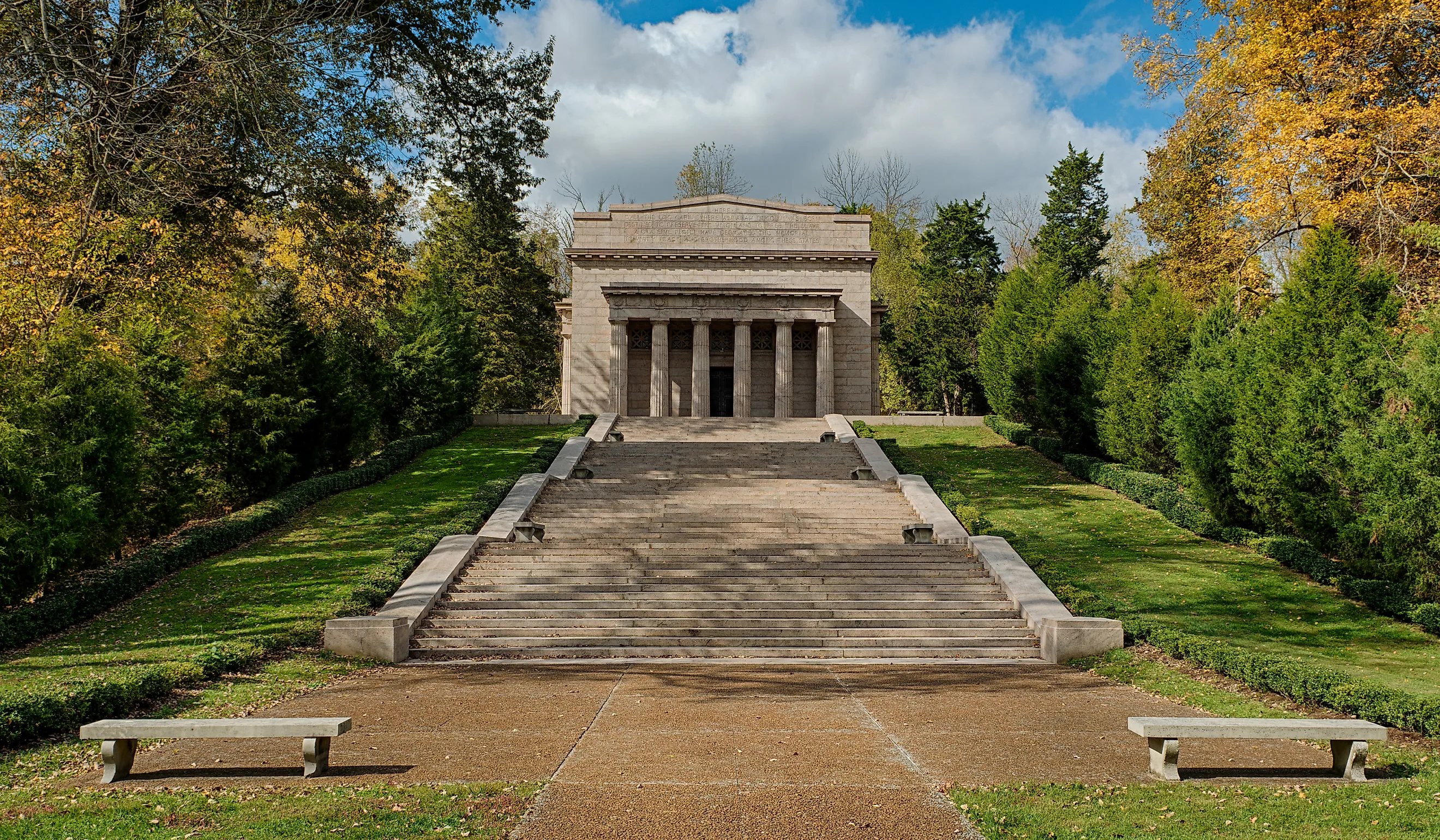
9 Best Attractions To Visit In Kentucky
Kentucky is a state with history and culture everywhere you look. It is a state that gave us Abraham Lincoln, who grew up in a Kentucky log cabin. It is also home to unique facts, like how it holds the country's longest-running distillery. Truth is, people who drop by get more than just good views out in the great outdoors. You are practically wading into stories that molded public life, still easy to see. You can roam around and spot exact spots where some big historical moments happened. Planning a trip to Kentucky? Make sure to stop by the best attractions in the state.
Mammoth Cave National Park
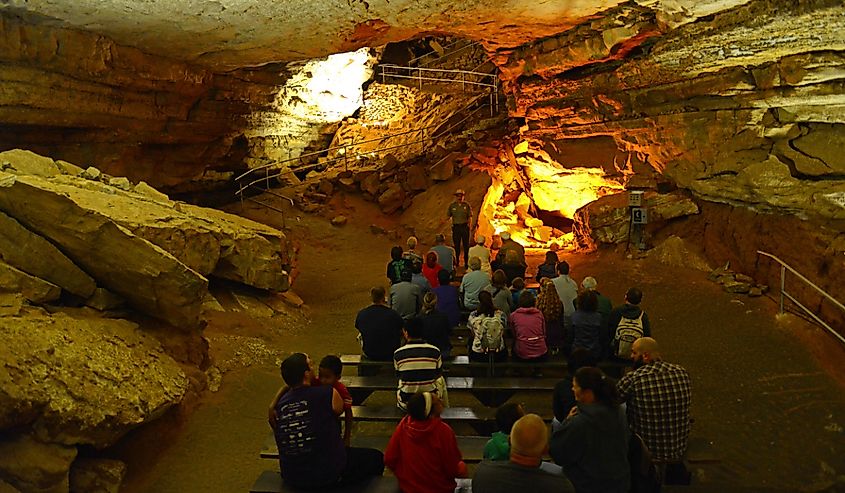
Right in the middle of the state, south of Louisville, you can find the Mammoth Cave National Park. The site is home to the longest cave system anywhere, with more than 426 miles mapped out. Even now, people are still finding new tunnels. In 1981, it was added to the UNESCO World Heritage Site list, after first becoming an official park in 1941. Archaeologists have found sandals and woven artifacts left by Native Americans from over 4,000 years ago. Before it was founded as a park, in the early 1800s, saltpeter was mined here for gunpowder used in the War of 1812.
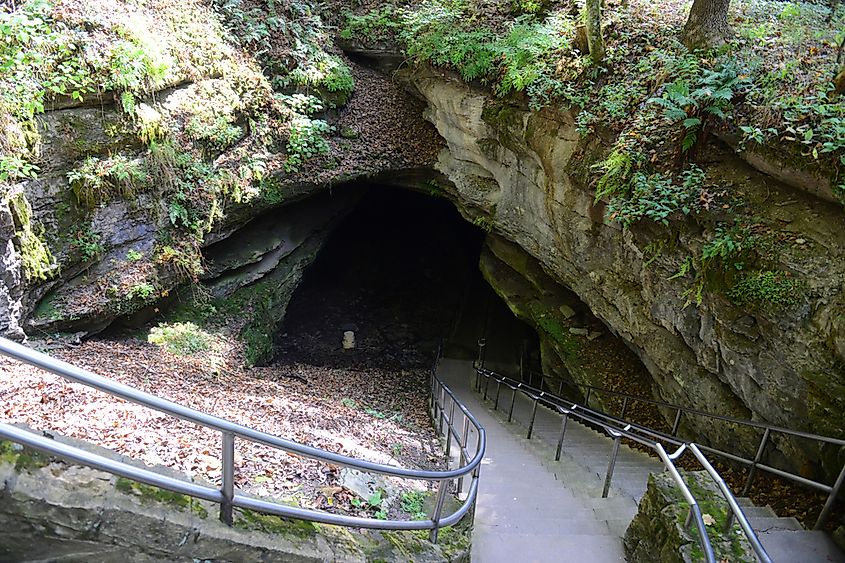
Visitors today can pick from a range of cave tours. The Historic Tour covers large passages and landmarks like Fat Man’s Misery, a narrow winding limestone passageway. Daring types will like the Wild Cave Tour, which throws you into six straight hours of underground crawling and clambering. If you would rather stay on the surface, the Green River lets you try your luck at fishing or glide along in a kayak. There are also 80 miles of trails to try out if going into caves does not seem too appealing.
Cumberland Falls State Resort Park
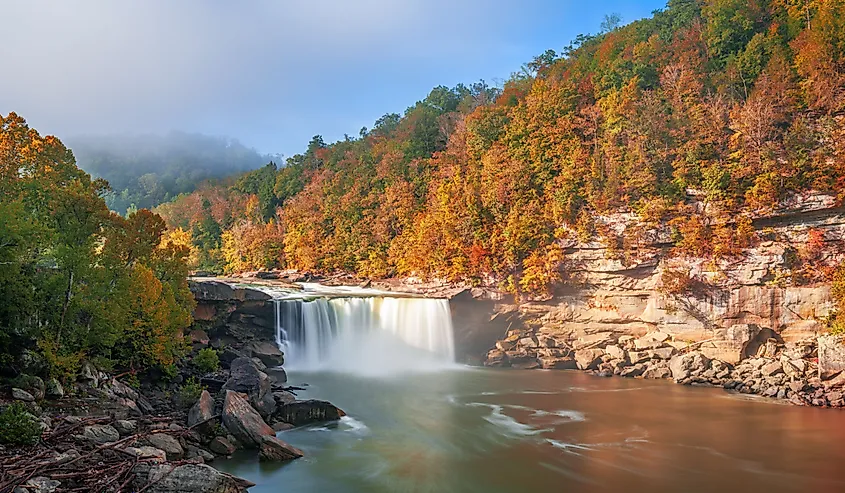
In 1931, the state decided to protect the land around one of its most impressive waterfalls, Cumberland Falls. The park is found inside Daniel Boone National Forest, stretching into both Whitley and McCreary counties, and takes up 1,657 acres. The highlight, Cumberland Falls, drops almost seventy feet, making a wild rush of water to take in and see. At night, that is when things get magical. When the sky cooperates and a full moon is glowing, the mist bends moonlight into a faint rainbow curved beautifully over the gorge.
Hiking here never feels routine. The Eagle Falls trail winds along rocky cliffs, then takes you toward an untamed forty-four-foot waterfall, letting you catch a view of the main falls. You could stay at the vintage stone lodge or just go for the campground, both of which offer modern amenities. Some visitors like to spend hours fishing around the river. Another fine option is heading for a bite to eat over at the Riverview Restaurant for dinner instead.
Abraham Lincoln Birthplace National Historical Park
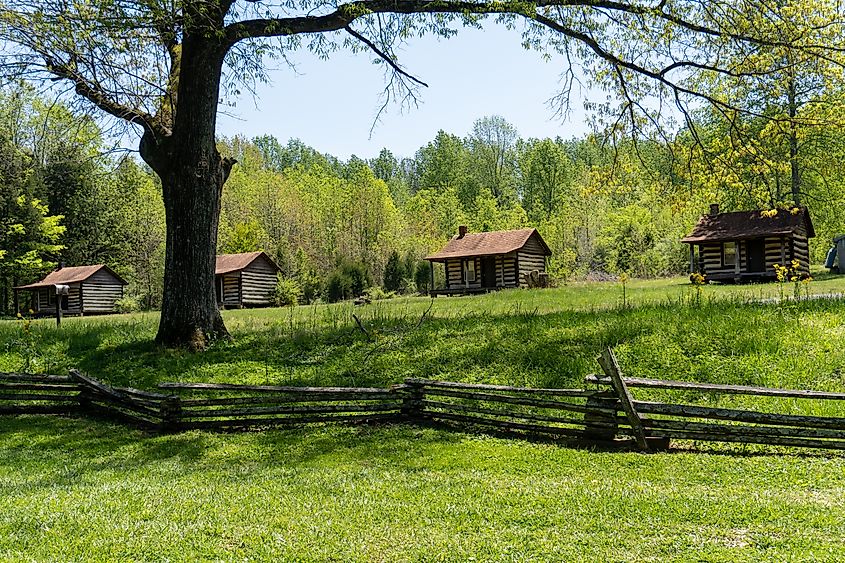
This legendary park claims two farms connected to the well-known president. Lincoln started off his life on Sinking Spring Farm, and when he was just two, his family grabbed what they had and headed for Knob Creek, where they stayed until Lincoln was seven. Altogether, both farms cover more than 340 acres of protected field. At Sinking Spring, a neoclassical memorial, finished in 1911, shelters a symbolic log cabin that recalls the home of Lincoln’s birth.
The visitor center nearby adds context with exhibits on the Lincoln family and the challenges of frontier life. Knob Creek holds a reconstructed cabin that represents the boyhood home, along with the Lincoln Tavern, a structure from the 1930s that marks the site’s later history. The park is not only about buildings. A short forest trail winds through, while fields and wooded hills frame Knob Creek. Picnic areas give visitors a quiet space to pause and admire where Lincoln spent his first years.
Churchill Downs
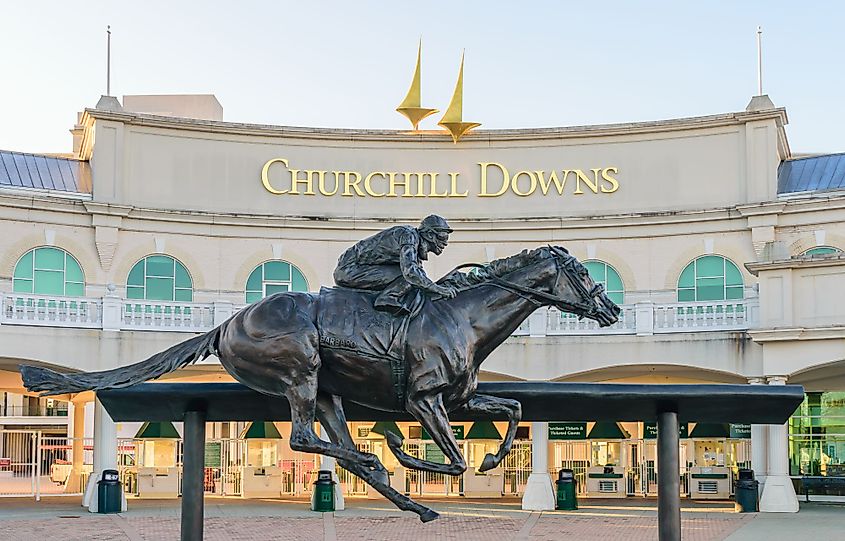
Even people who are not fans of horse racing will know the name, as this spot in Louisville stands as one of the world's most recognized racecourses. It got its start in 1875, right after Colonel Meriwether Lewis Clark set up the first Derby on land he leased from his mother’s wealthy Churchill relatives. The track expanded at a fast pace, and by 1895, those twin spires above the grandstand nailed down the signature look we all know today. Since 1875, the track has become the center of American thoroughbred racing, hosting Breeders’ Cup events.
The Kentucky Derby is the most well-known, drawing crowds of more than one hundred thousand on Derby Day. The dirt oval measures a mile, and a turf course inside it holds additional races through the season. The Kentucky Derby Museum stands beside the grandstand. Stepping inside the museum, racing silks grab your attention, and a stash of classic trophies is featured. You can usually join a guide who leads people through the paddock and right up alongside the rail. When race day isn’t happening, the broad track sits quiet, and its scale looks even more impressive minus that roaring crowd.
Historic Locust Grove
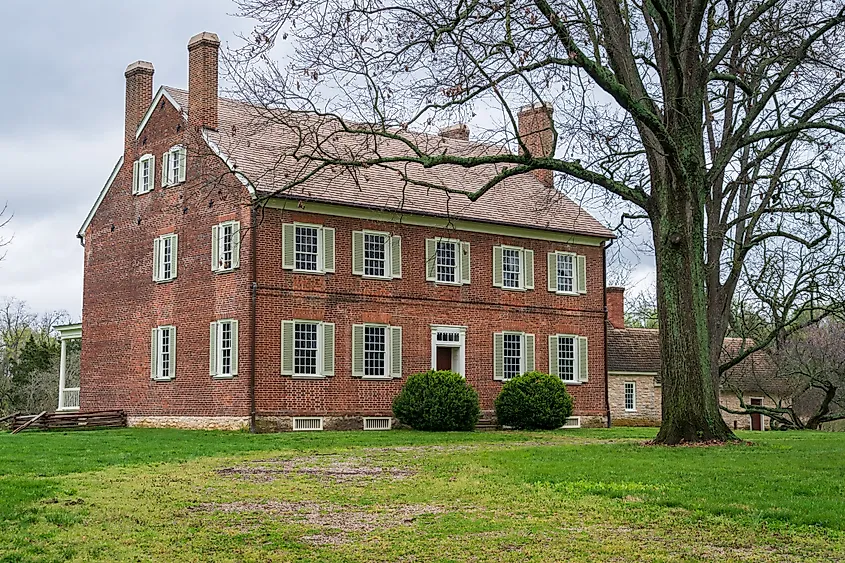
Perched above Louisville, this Georgian mansion came together in 1792, funded by William and Lucy Clark Croghan. When William passed away, others took ownership, though the essential buildings managed to stay in one piece. It became a gathering point for notable people, including George Rogers Clark and several people from the Lewis and Clark expedition. Now, it sprawls across 55 acres and is recognized as a National Historic Landmark. Inside the mansion, you will find rooms filled with period furniture, pointing to how extravagantly the old occupants lived. The place also comes with displays that explain the tough labor enslaved people were made to do as they built and looked after the estate.
Tour guides lead 60-minute house tours before sending visitors outside. The grounds still hold the original smokehouse and distillery. Formal gardens grow heirloom vegetables like squash, beans, and corn used in cooking programs. Each May, the Gardeners’ Fair brings in dozens of regional vendors. In July, people pack onto the lawn, eager to catch the Declaration of Independence being read out loud. You can also come for the Fall Antiques Market, where seeing unique finds is part of the fun.
Liberty Hall
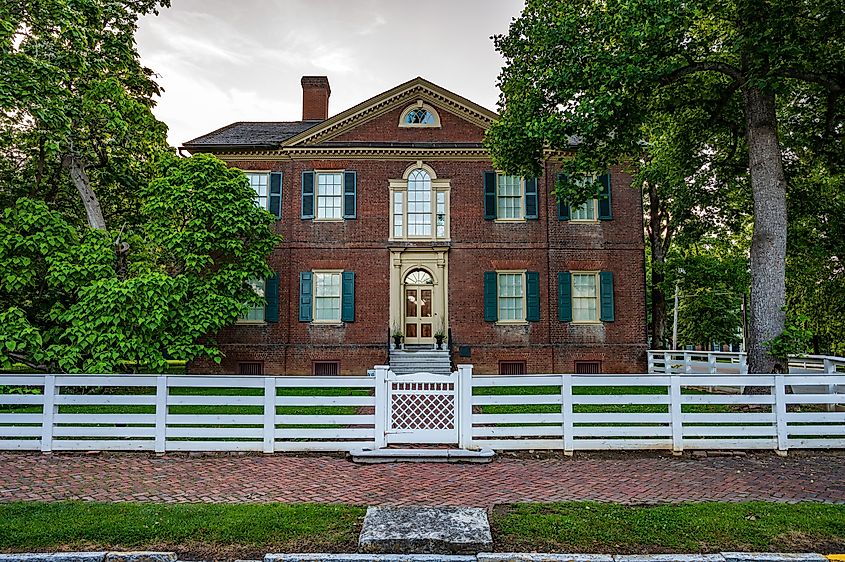
This two-story brick house sprang up thanks to Senator John Brown in Frankfort. Sitting on four acres overlooking the Kentucky River, it reflects Federal-style architecture, with locally made brick and windows added by 1804. Inside Liberty Hall, you can see rooms furnished with period furniture. Portraits on the walls, once owned by the Brown family, appear beside rare folk art pieces. Outbuildings include a smokehouse, carriage house, and slave quarters, each reflecting a part of frontier domestic life.
Now the site, which is home to the Liberty Hall and the Orlando Brown House, has tours that run Monday through Saturday at 11:30 AM and 1:30 PM during most of the year. The site hosts a season-opening exhibit in its museum gallery. A garden gathering in fall brings local growers, music, and tastings on the lawn, while Liberty Hall also interprets the lives of both the prominent Browns and those who labored in service on the estate. Its formal and informal gardens border the river, so you can walk winding paths or imagine daily life in early Kentucky as the sun sets over the house.
Old State Capitol
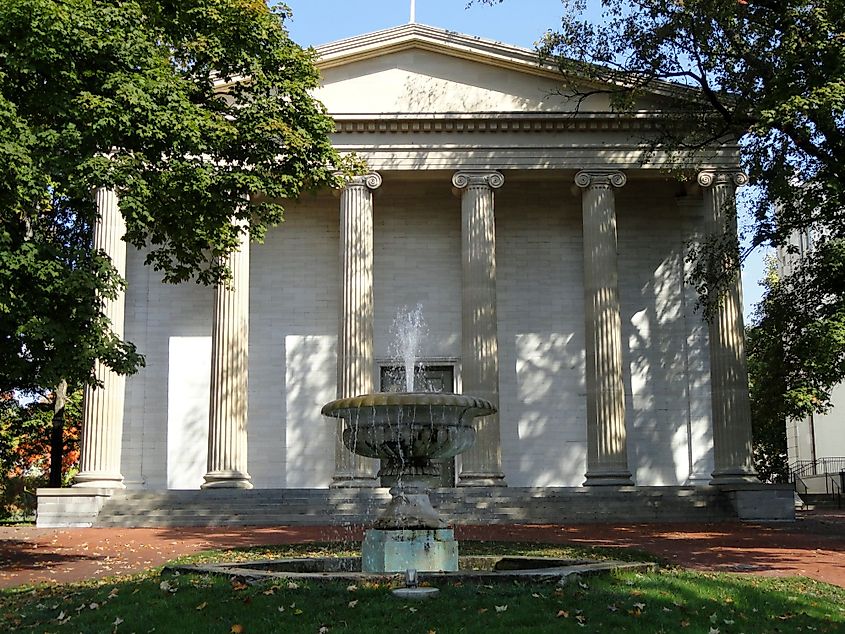
Anchoring Frankfort’s Public Square, the Old State Capitol was built in 1827 after two earlier Capitol buildings on the site were destroyed by fires in 1813 and 1824. Amazingly, architect Gideon Shryock was just 25 when he won the bid for the design. The location was built from 1827 to 1830, chasing after a Greek Revival look. Sculpted out of Kentucky River limestone, the front nails down six giant Ionic columns, each a whopping four feet thick and thirty-three feet high.
From 1830 to 1910, the building housed Kentucky’s legislature. During the Civil War, it briefly became the only Union state capital occupied by Confederate forces. In 1900, it was home to another historic event, when Governor William Goebel was shot outside the building and died days later, after being sworn in amid fiercely disputed election results. Today, the Kentucky Historical Society operates the location as a museum, with tours leading visitors through restored rooms, then up to the domed lantern, and finishing with exhibits on Kentucky’s debates over war and slavery in the nineteenth century.
Red River Gorge & Natural Bridge
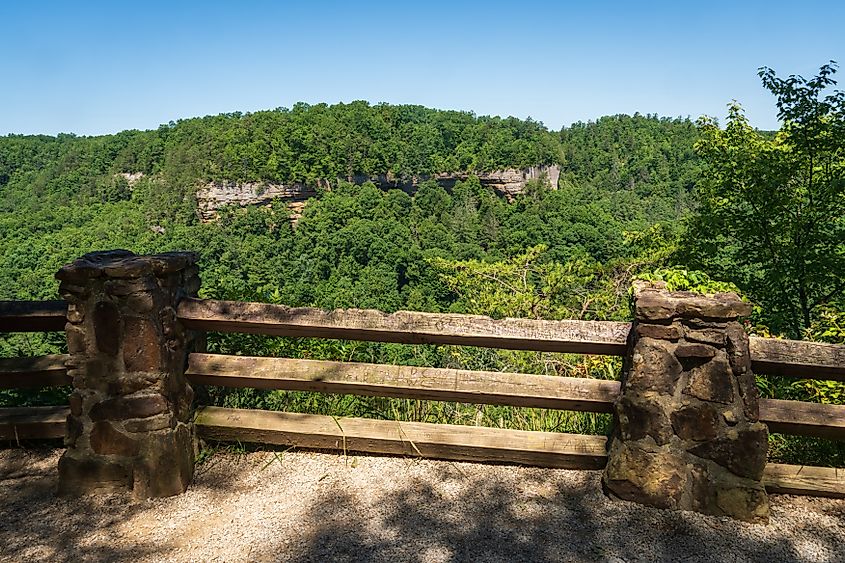
Over in the east of the state, Red River Gorge sits inside Daniel Boone National Forest and has some of the state's most jaw-dropping geology. Eons ago, ancient oceans left deep sandstone layers that wind and water gradually wore down. These slow-moving forces of nature made over a hundred natural arches and ridges to see and explore. So, it is no wonder hikers and climbers are compelled to come back to Red River Gorge & Natural Bridge over and over.
Natural Bridge is a real highlight, a sandstone arch stretching 78 feet across and shooting up 65 feet high. There are trails in Natural Bridge State Resort Park that reach the arch, with the Original Trail itself tracing history all the way back to the 1890s. You will also find other favorite paths leading out to top spots like Lover’s Leap and Balanced Rock. Out in the bigger gorge, climbers try their luck on walls like Military Wall. The Red River has the label of a National Wild and Scenic River, and it is a solid spot for both paddling and fishing. Thanks to this combo of natural history and outdoor thrills, the gorge stands out as one of Kentucky’s best, most unique landscapes.
Buffalo Trace Distillery
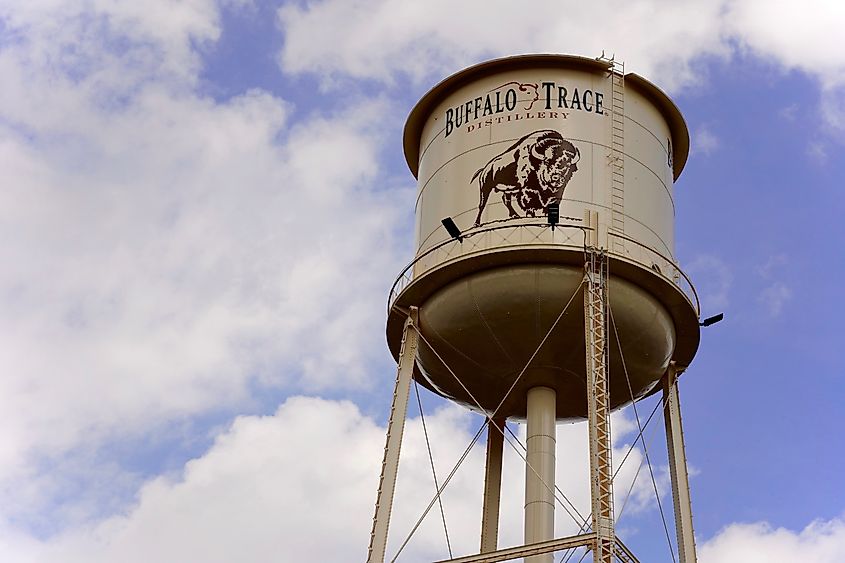
Right by the Kentucky River in Frankfort sits the Buffalo Trace Distillery, the oldest distillery still running in the country. The distillery started selling bourbon in 1858, and in 1869, Colonel E. H. Taylor Jr. made his move and bought the property. With that came major upgrades, including steam-heated warehouses that kept barrels aging evenly through winter. Later, George T. Stagg expanded production and put his own name on the property, steering it into national prominence. The spot kept going during Prohibition by getting a federal license to make medicinal whiskey.
It went through several owners before picking up its current name in 1999, a nod to the bison routes that passed by long ago. When you drop by, you can see all the old bourbon barrels, and your guided tour will show off copper stills hard at work. You can sample their signature bourbons for free, and if luck’s on your side, rare bottles might pop up in the shop. There are some tours to try, like the Hard Hat Tour, which moves through working production areas, or the Old Taylor Tour, which takes you on a walk through the site's history.
Kentucky does not sit quietly in the background of American life; it steps forward through the places where its history unfolded, from saltpeter mines that supplied a war to traditions that grew into celebrations known nationwide, and these sites remain open to be walked, felt, and remembered by all who visit. Stop sitting around and step into Kentucky’s living history and come see all the best attractions it has to offer.
